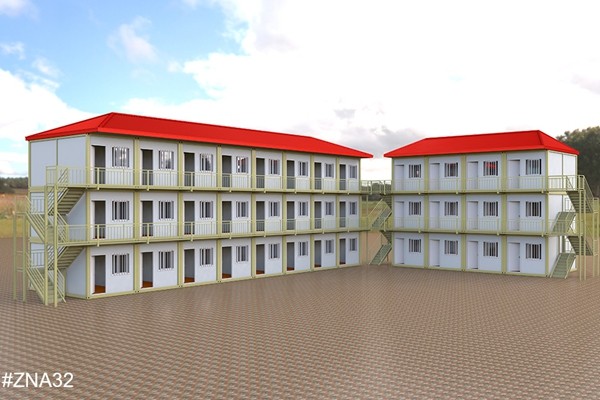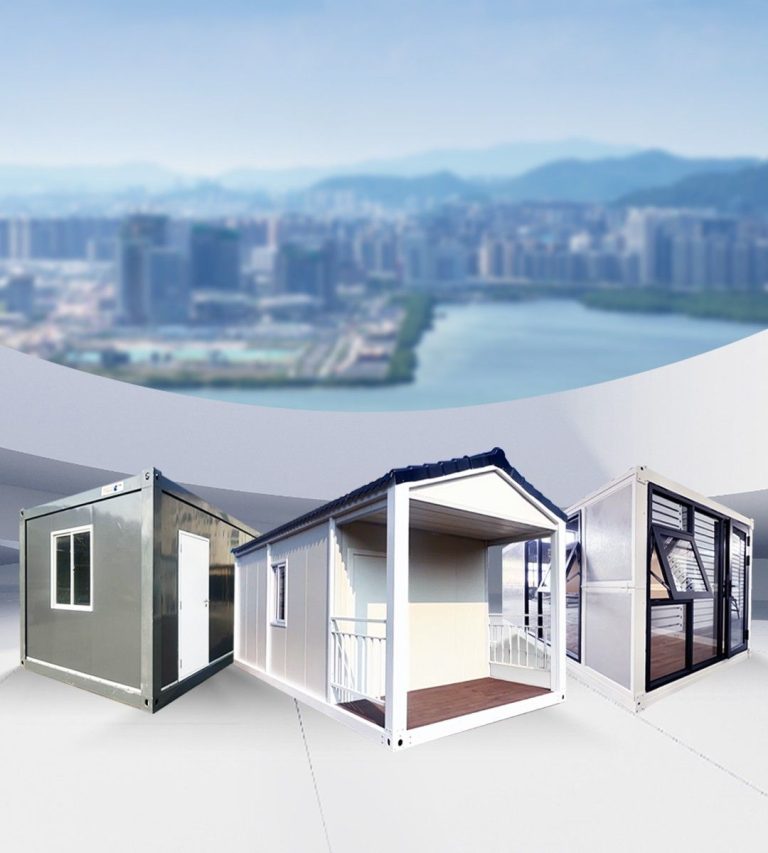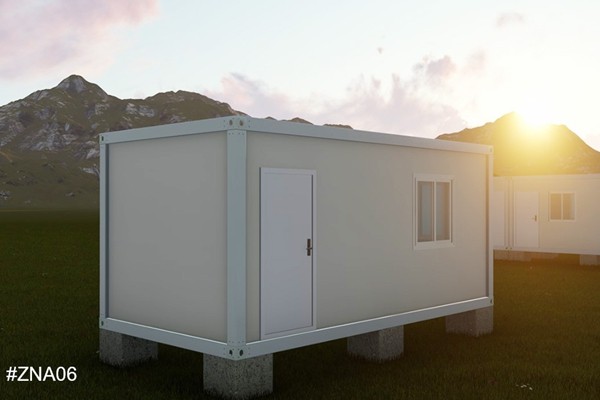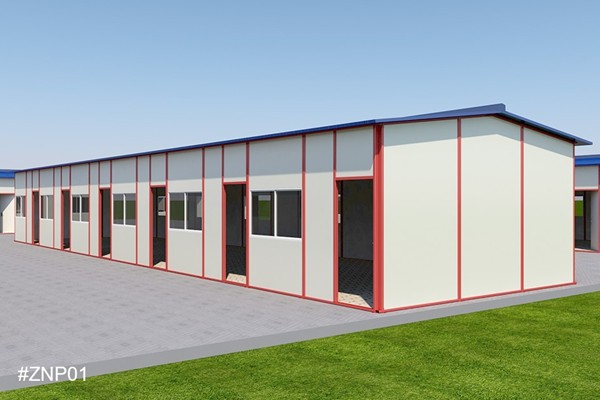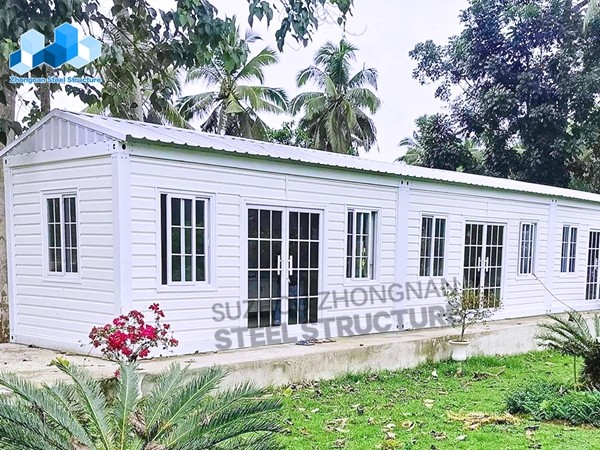Characteristics and Applications of Flat Pack Houses
Flat pack houses have gradually attracted widespread attention in the construction industry in recent years. This innovative architectural form, with its unique advantages and application scenarios, has changed many concepts of traditional architecture. In this article, we will explore the characteristics and applications of flat pack houses.
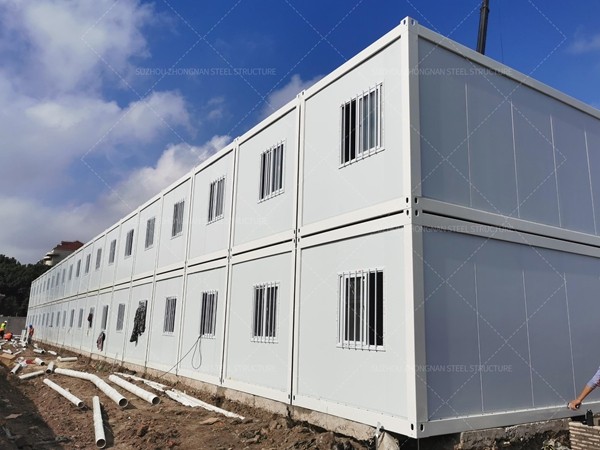
The biggest feature of a flat pack house is its detachable and modular design
Flat pack homes are typically composed of prefabricated components that are manufactured and pre processed in a factory before being transported to the construction site for assembly. Due to the flexible combination and arrangement of these components according to requirements, flat pack houses not only shorten construction time but also reduce construction costs. In addition, the prefabricated characteristics make this type of house easy to install in different geographical environments, providing flexibility for buildings worldwide.
Flat pack houses also have significant advantages in energy efficiency and sustainability
Many flat pack container houses are designed with energy efficiency and environmental protection in mind, using efficient insulation materials and eco-friendly building technologies. Some flat pack houses can also be equipped with green energy facilities such as solar panels and rainwater harvesting systems to further reduce dependence on traditional energy sources. This makes it suitable not only for rapidly developing urban environments, but also for remote areas and developing countries, enabling more people to enjoy modern living conditions.
In terms of application, the flexibility of flat pack houses makes them suitable for various scenarios
Firstly, in emergency situations such as reconstruction work after natural disasters, flat pack modular buildings can be quickly constructed to provide temporary shelter for the affected population. Secondly, in the process of rapid urbanization, flat pack houses, as an important choice for affordable housing, can meet the housing needs of low-income groups. In addition, flat pack houses can also serve as vacation cottages, office spaces, or public facilities such as schools, demonstrating their wide applicability and practicality.
The promotion of flat pack building still faces several challenges. Despite its increasingly mature technology and design, regulations, culture, and market acceptance in different regions may still affect its popularity. Therefore, the improvement of relevant policies and social awareness is particularly important.
In summary, flat pack houses have shown great potential in the field of modern architecture due to their unique characteristics and diverse application prospects. With people's increasing attention to energy conservation, environmental protection, and sustainable lifestyles, flat pack houses may become an important direction for future building development. In response to its challenges, active policy support and public education will also help promote further development of this industry.

